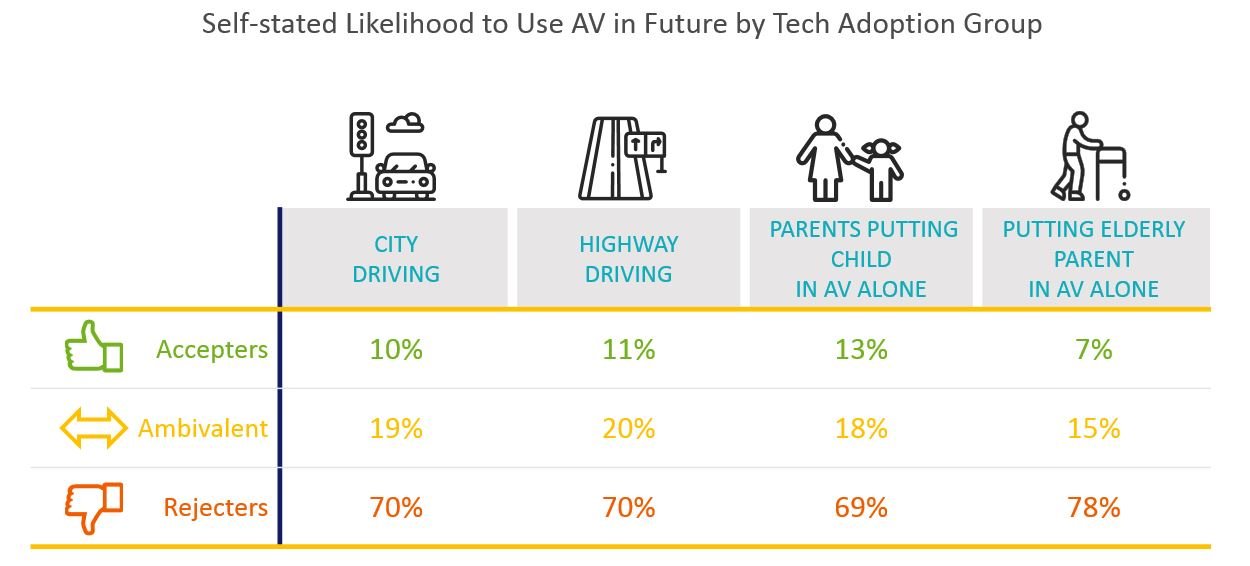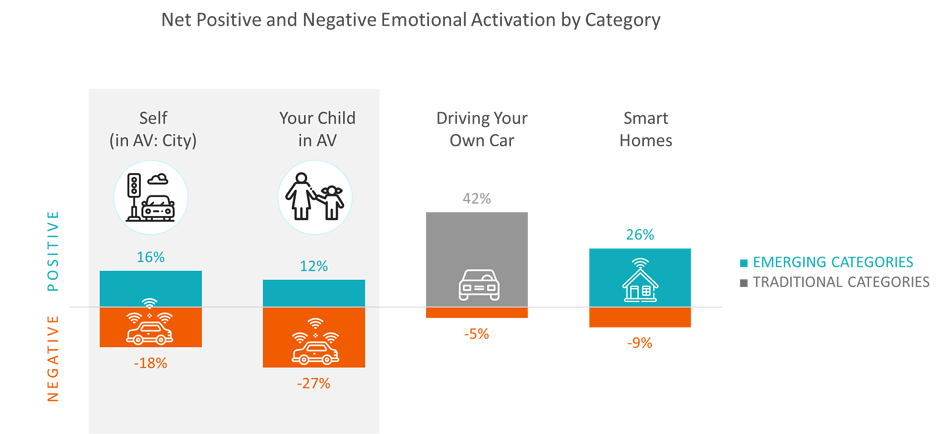It’s about a 6 min. read.
Like many people, my relationship with technology is complicated, and when it comes to the increasing level of automation in cars, leading us—potentially—towards a future where many vehicles will be fully autonomous (i.e., no human drivers), it gets REALLY complicated.
On one hand, the closest I’ve come to dying was in 1993 at the hands of a faulty after-market cruise control mechanism that terminally accelerated the vehicle I was driving (this is actually a thing, apparently). My sudden panic on the highway precluded a rational decision to put the car in neutral, turn the engine off altogether, and/or use the emergency brake. As we entered the highway off-ramp at 70 mph (brake on the floor) my girlfriend pulled an incredible Dukes-of-Hazzard style 90-degree spin turn that brought the car to heel, and ultimately, a miraculous stop.
I went on to marry that girl, of course.
While this happened back in 1993 (the car, the driver, and my very-questionable-90s hair pictured below)…

…it gave birth to decades of irrational anxiety manifesting into all sorts of habits, including:
Twenty-five years of significant technological advancements later, lots of people now share my emotional anxiety towards vehicular automation.
A new self-funded study we conducted indicates a rumbling emotional backlash towards autonomous vehicle (AV) technology. This is part of an ongoing proprietary analysis of the human emotional dimensions around disruptive emerging technologies, including virtual assistants and smart home technology.
In this study, we leveraged our proprietary framework, EMPACT, and tested several AV-related scenarios to better understand consumers’ emotions towards the different use cases of this technology, including:
The high-level results reveal a very steep path ahead for the AV industry in its journey to gaining widespread consumer acceptance.
As indicated in the chart below, a strong majority (~70%) of American adults reject all tested scenarios:

…and only 10% or so actively “accept” any of these scenarios.
Interestingly, the prospect of putting an elderly relative into an AV alone was even worse than the thought of one’s child riding solo.
Understanding the emotional landscape behind these attitudes (i.e., how people feel about these scenarios) helps explain why.
Consumers react more negatively to autonomous vehicle-related scenarios than any other traditional or emerging category or brand we’ve tested to date. We’ve analyzed hundreds of brands across dozens of categories and have found, by far, AVs evoke the highest “net negative emotions”—a combination of valence (how bad) and activation (low to high energy).

If hopping in an AV yourself, the net negative emotional activation is -18%—over 3x the net negative emotions generated from driving your own car. This came as a surprise considering plenty of our sample is from major urban areas where traffic continues its relentless march towards Sheer Awfulness.
The prospect of having an autonomous vehicle, say, drive your kid to soccer practice on its own, fares even worse with a -27% net negative activation.
The verdict?
Although there are plenty of obvious benefits to autonomous vehicles, many people are still wary of this technology as it currently generates only ~12-16% net positive emotional activation compared to the ~42% generated by traditional driving.
And when compared to other emerging or disruptive technology categories like smart homes, autonomous vehicles also have a bigger emotional chasm to cross.
Smart Homes, for instance, do have a problem with not activating enough positive emotions (i.e., many people don’t “get” or feel the benefit of them), but at least they don’t have a major negative emotional barrier to overcome like AVs.
To learn more, join me on April 2nd at 2pm ET (11am PT).
On April 2, I’ll be hosting a brief webinar diving into the details of the specific negative and positive emotions that will be key to driving broader acceptance.
I’ll also cover an analysis of messaging that resonates with various consumer segments—uncovering what will compel/deter someone from considering this technology.
Join me for the ride (sorry), I promise it will be interesting, useful and entertaining.